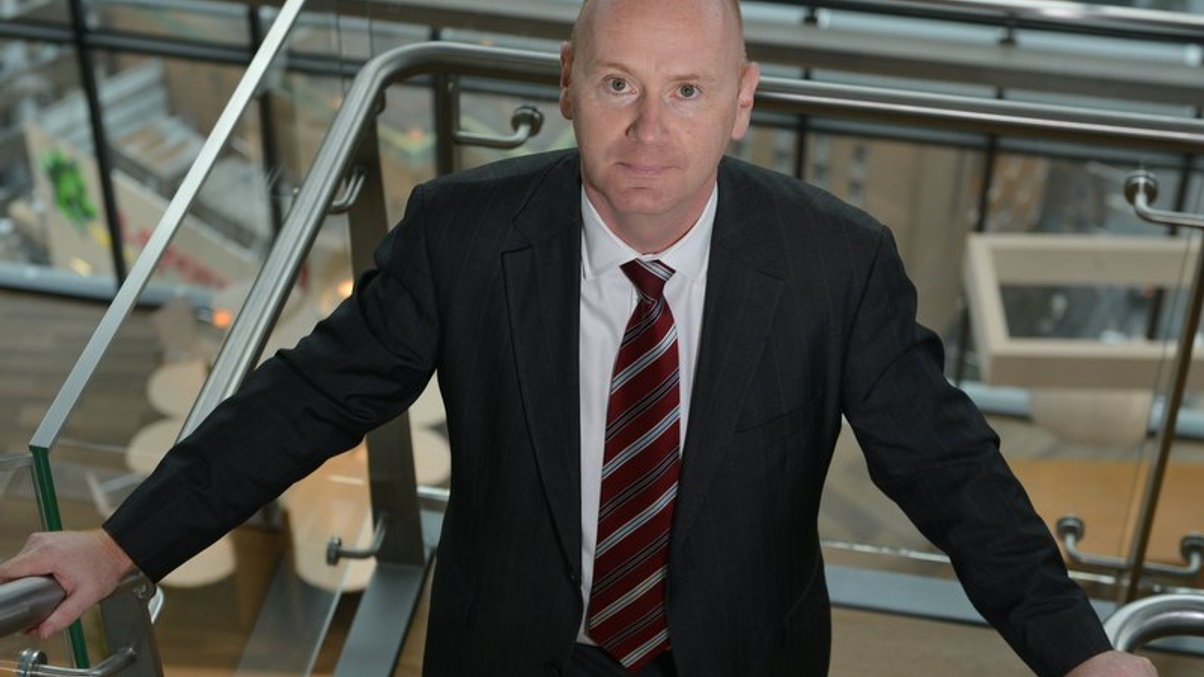QBE to enter alternatives, boost risk assets
The Australian insurer is raising its $31 billion portfolio’s exposure to risk assets and planning its first allocations to alternatives. This will mean more use of external managers.

Australian insurance group QBE is building its exposure to risk assets and making its first move into alternative investments in light of the continuing low-interest-rate, low-yield environment.
Sign in to read on!
Registered users get 2 free articles in 30 days.
Subscribers have full unlimited access to AsianInvestor
Not signed up? New users get 2 free articles per month, plus a 7-day unlimited free trial.
¬ Haymarket Media Limited. All rights reserved.


